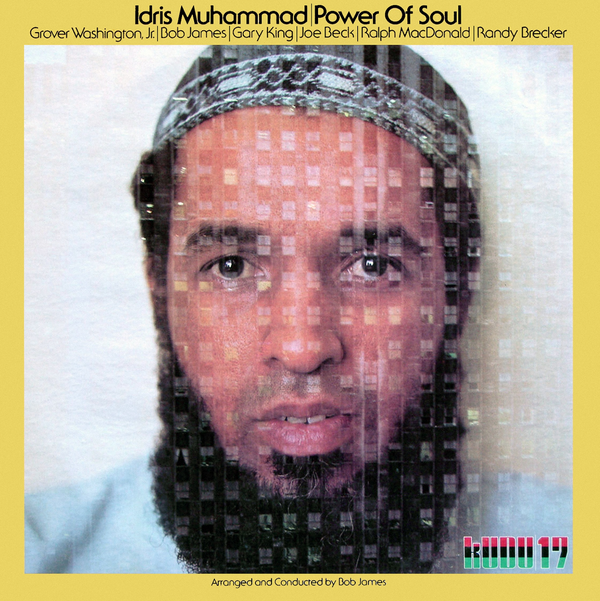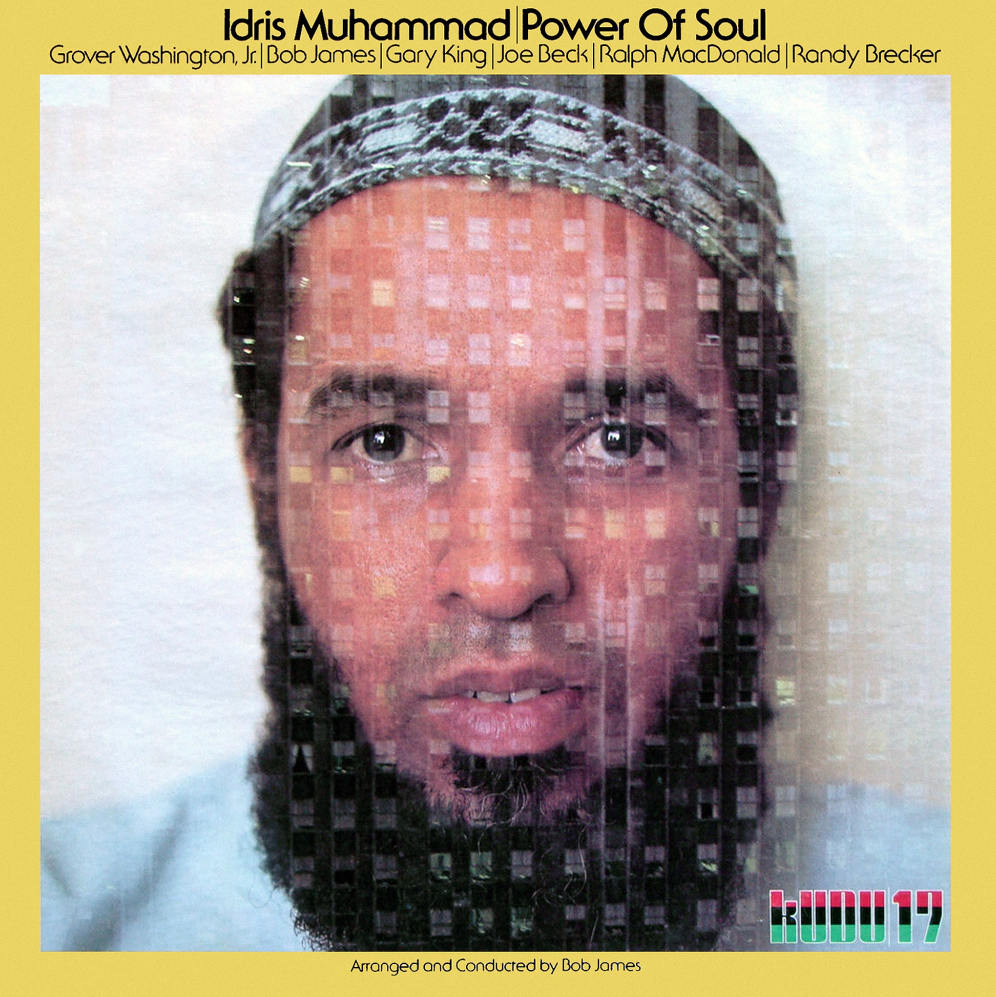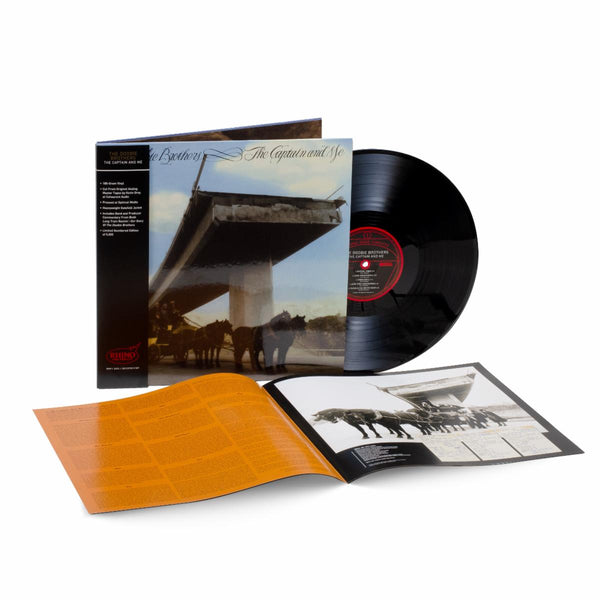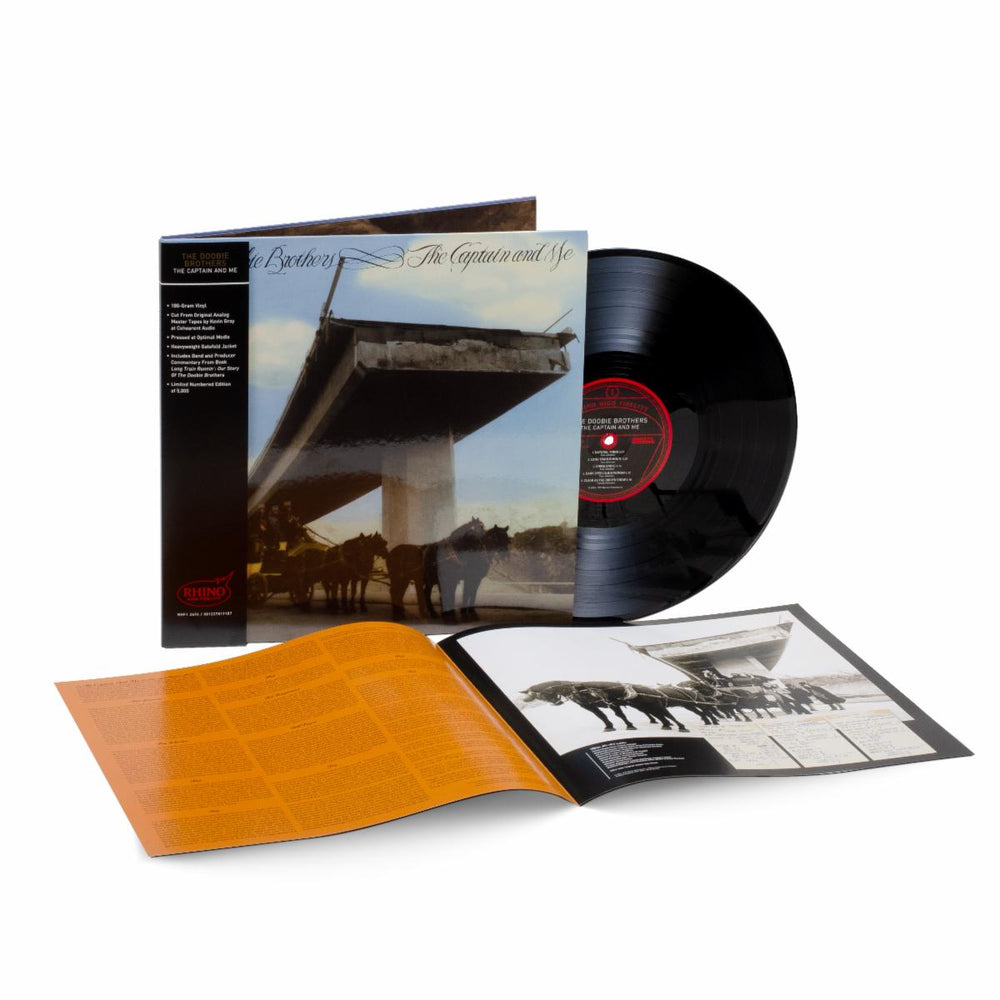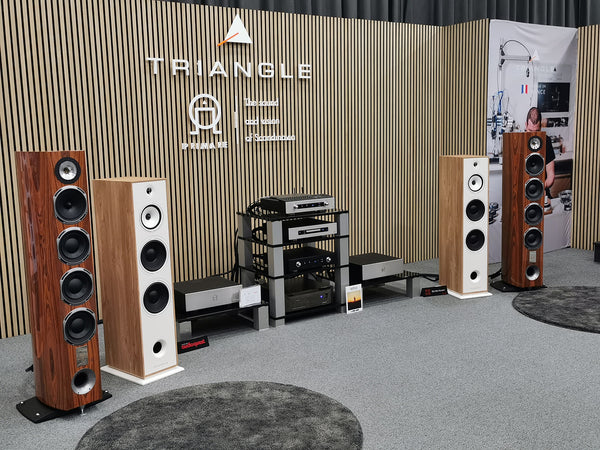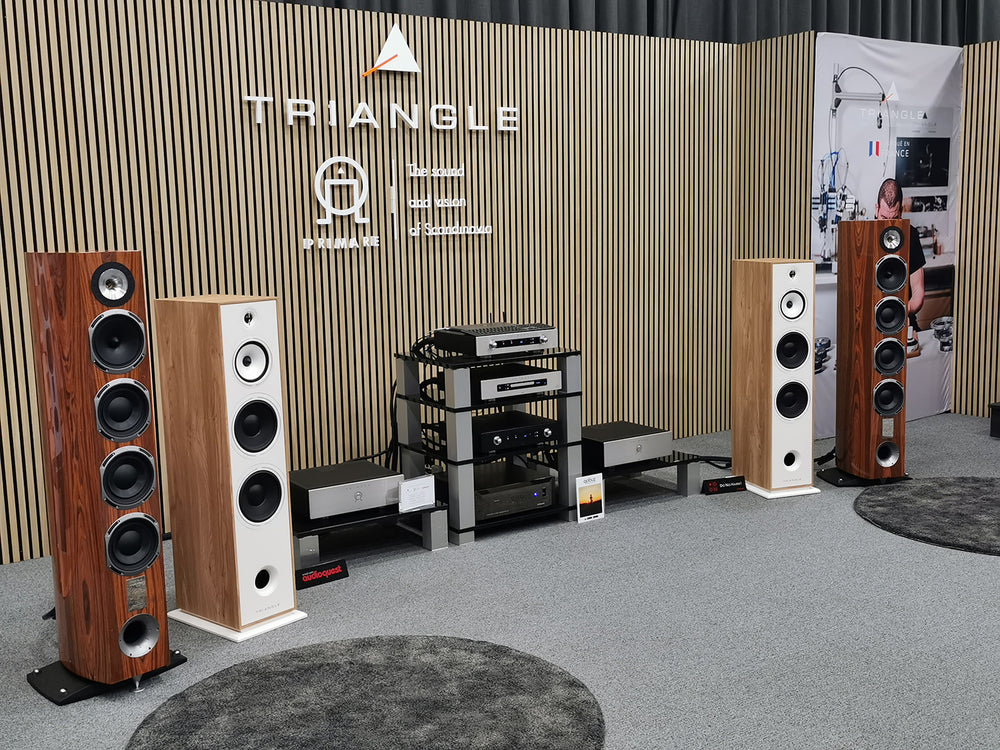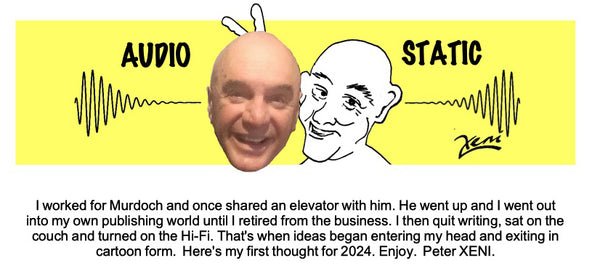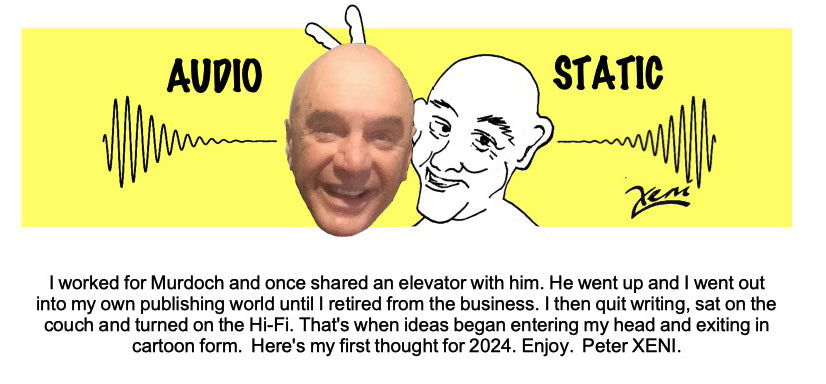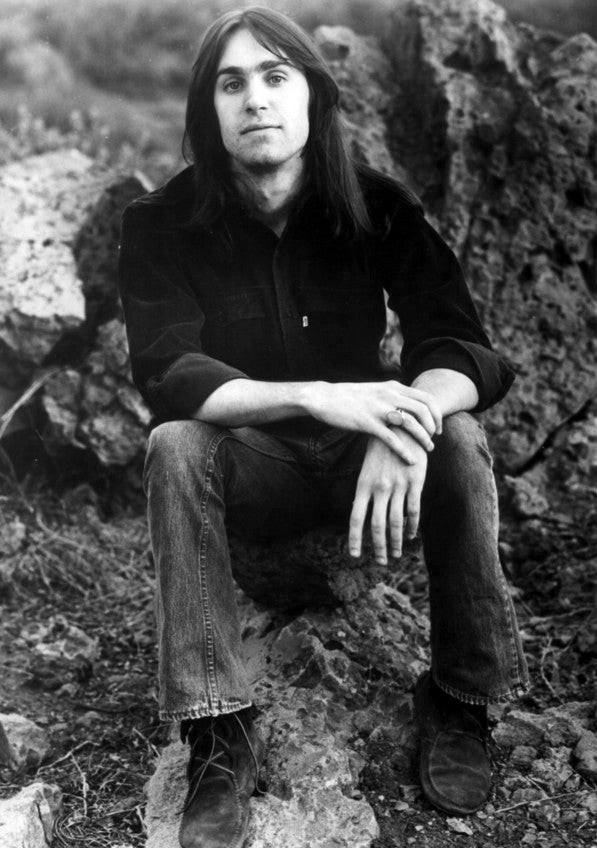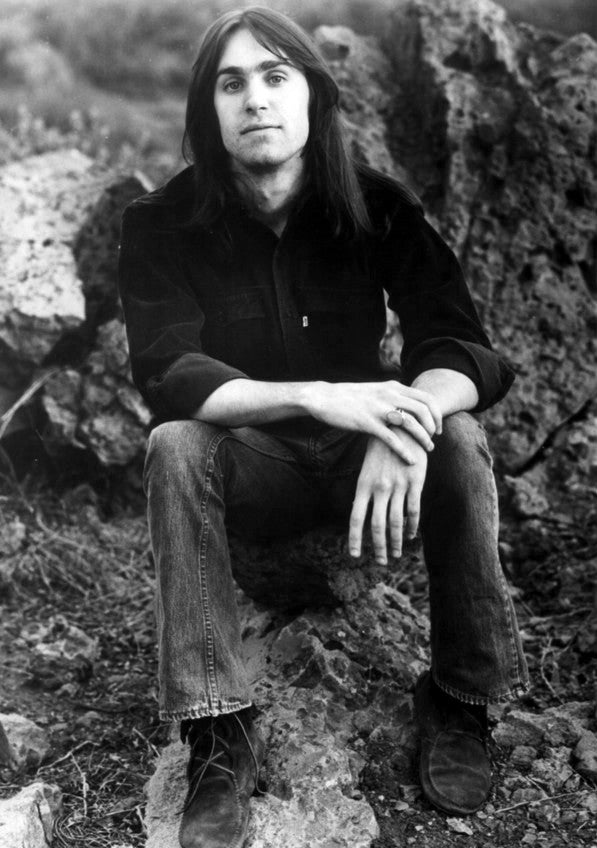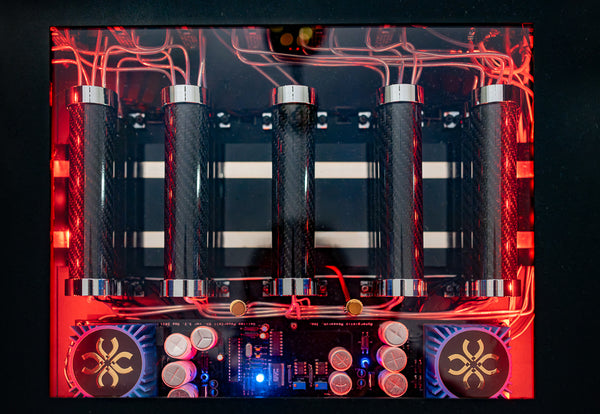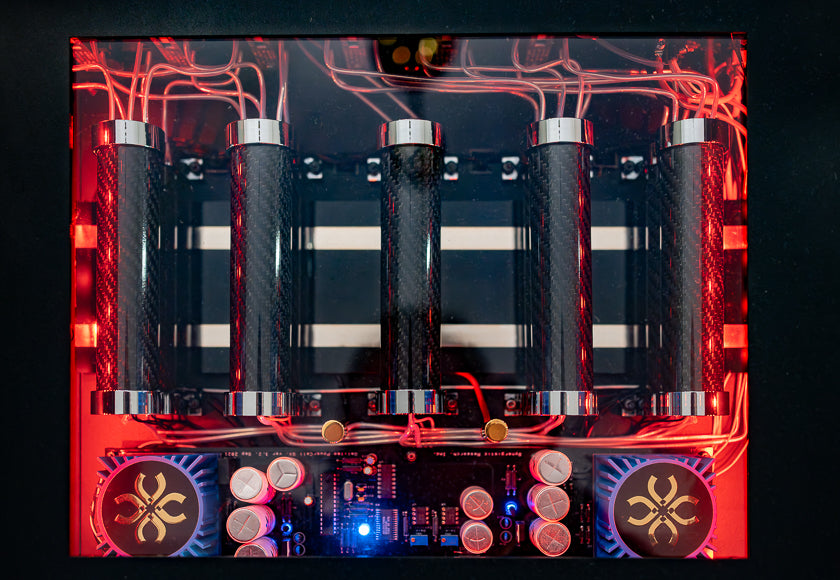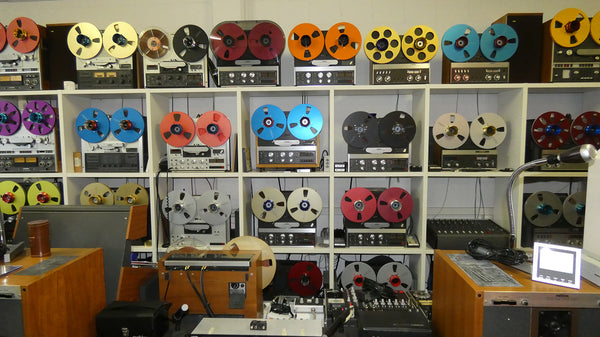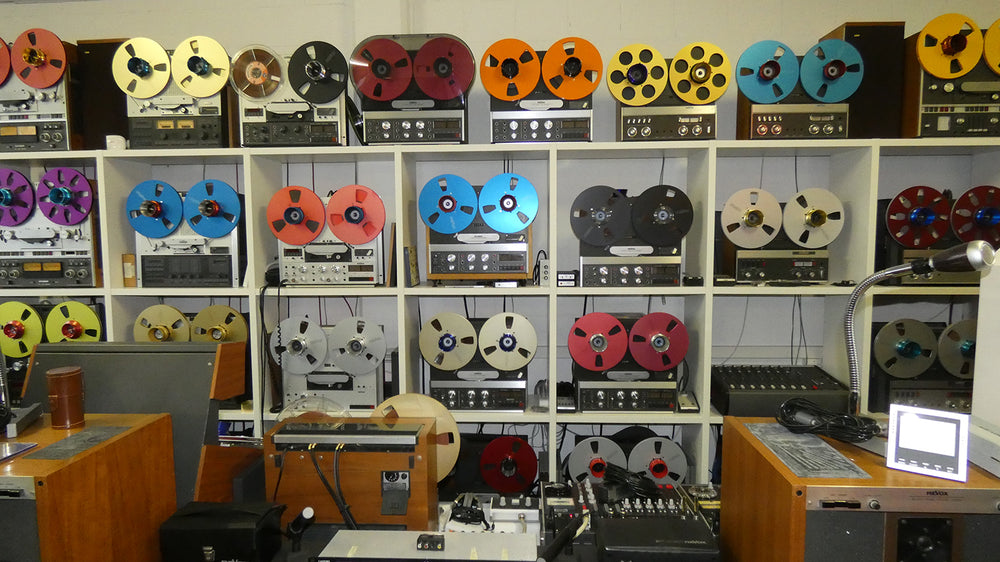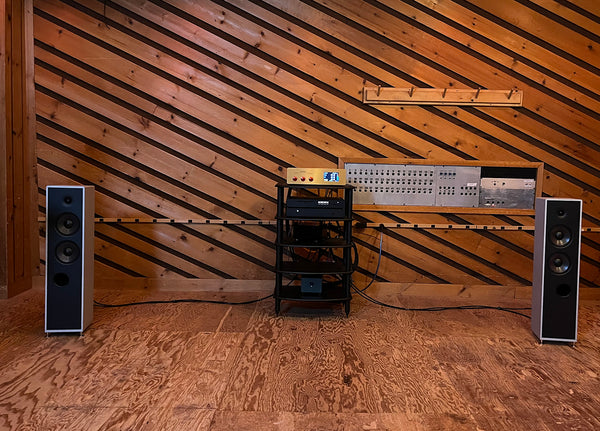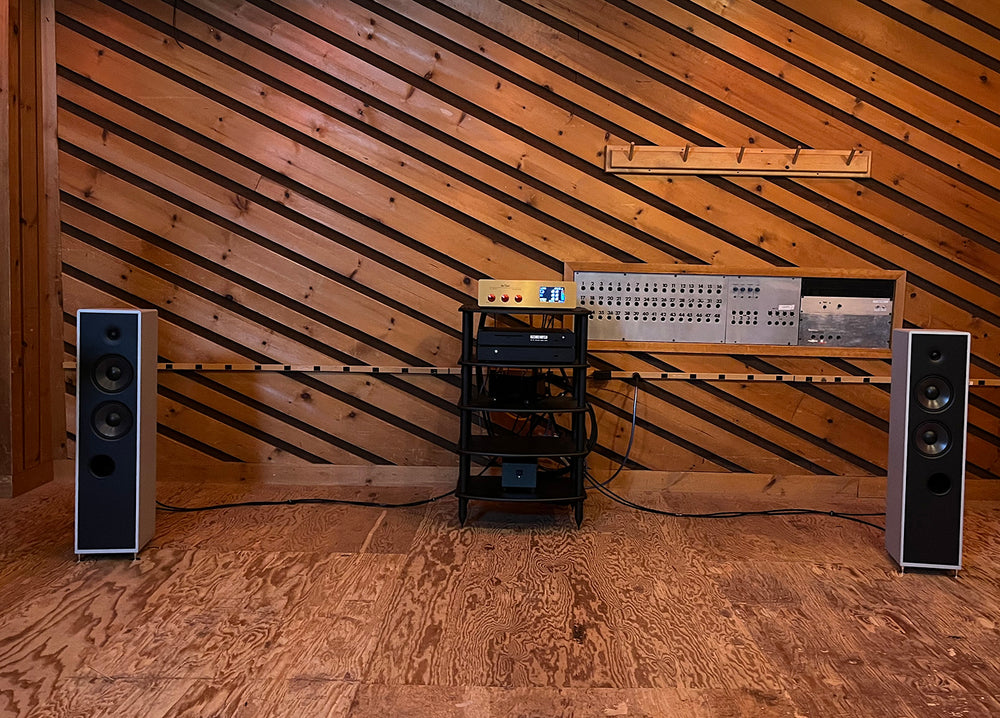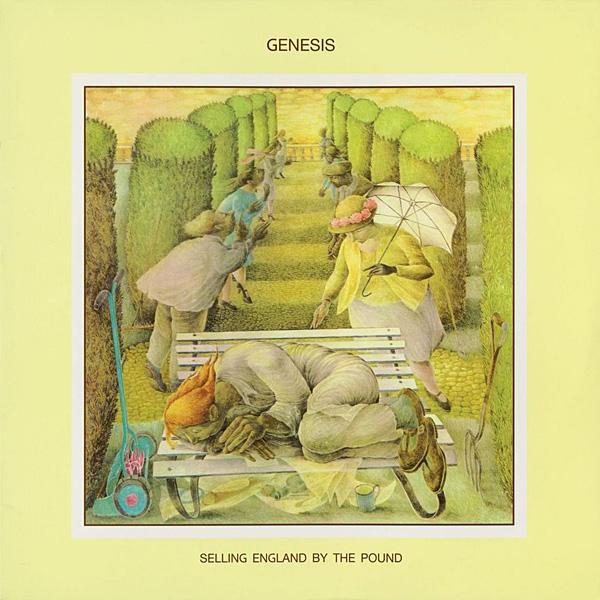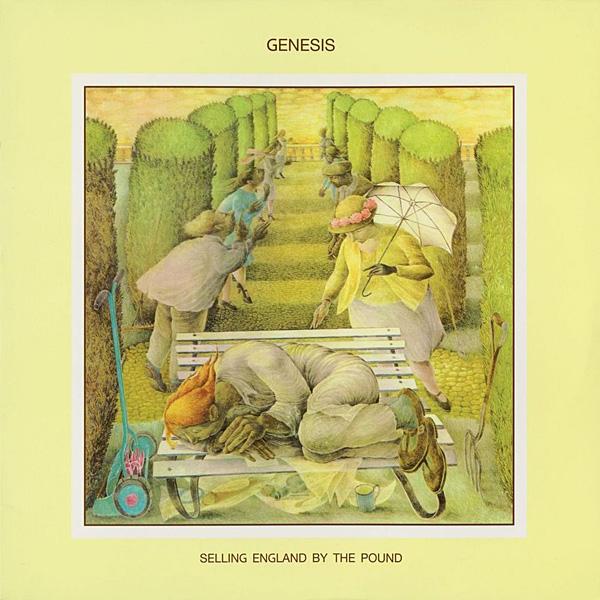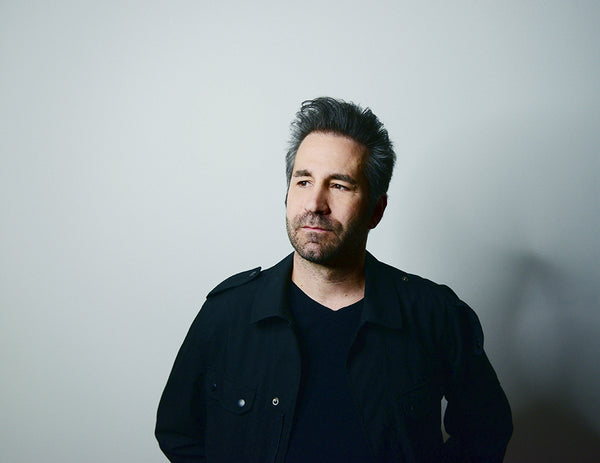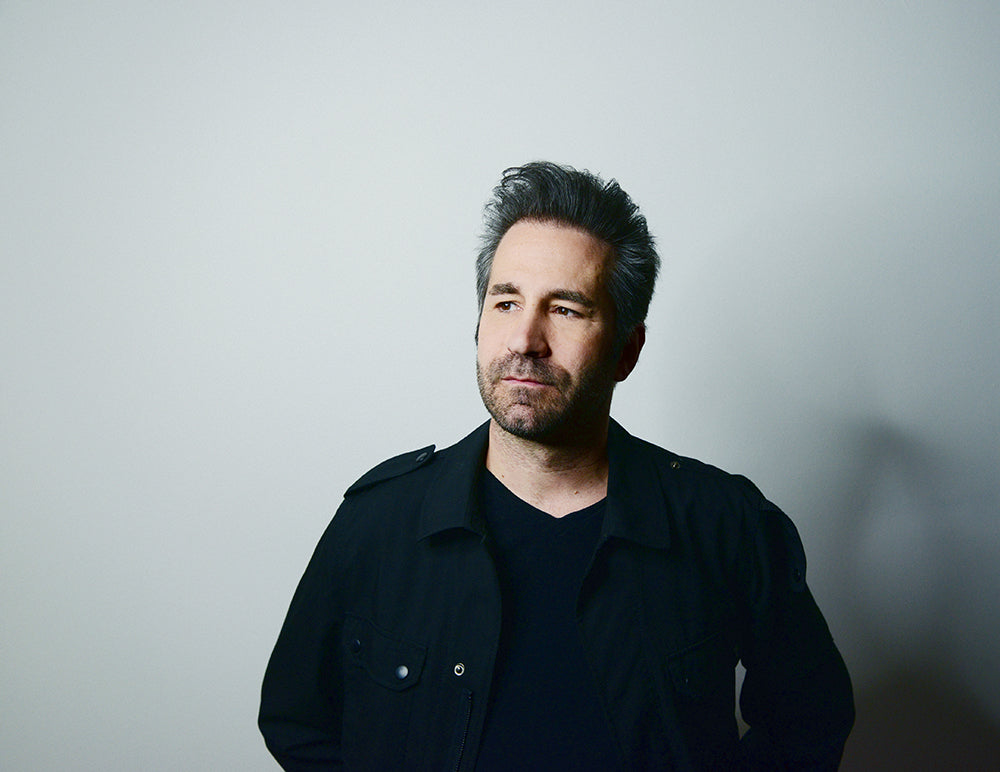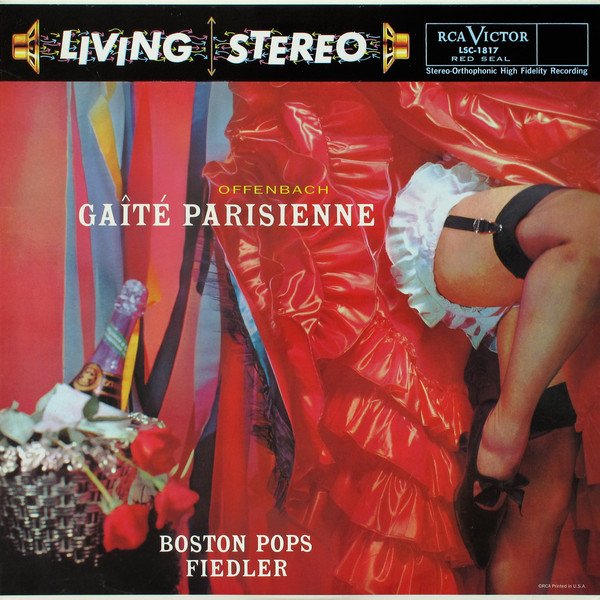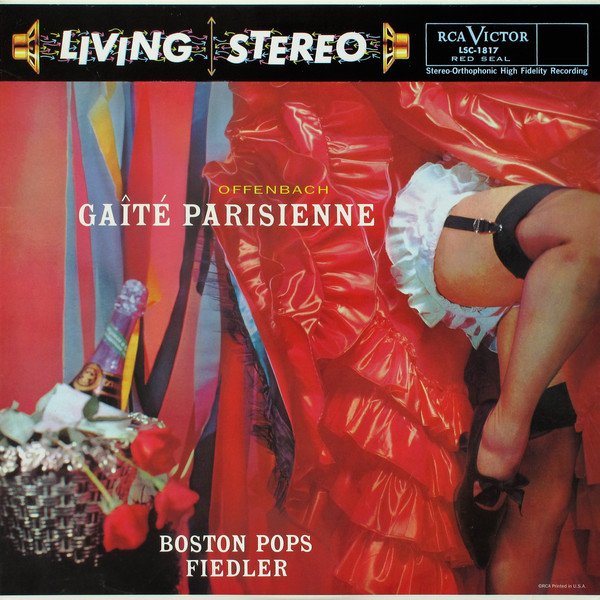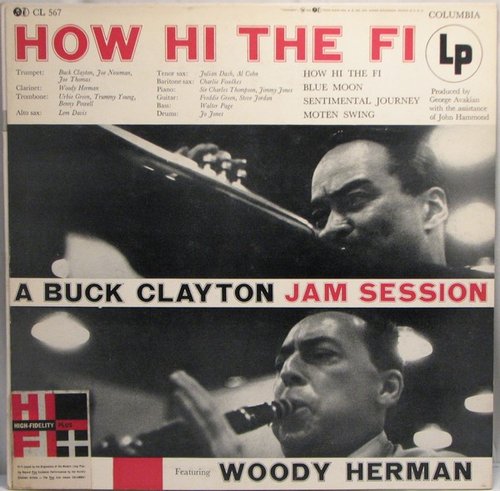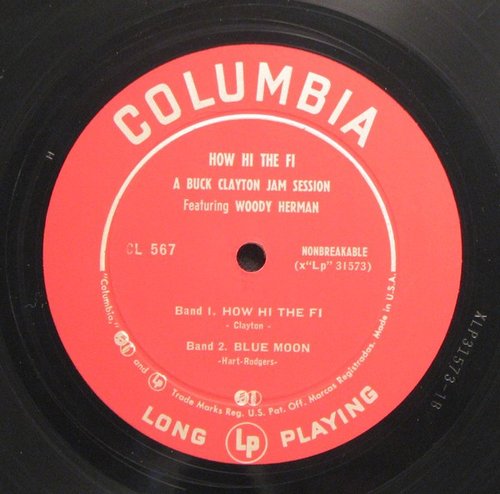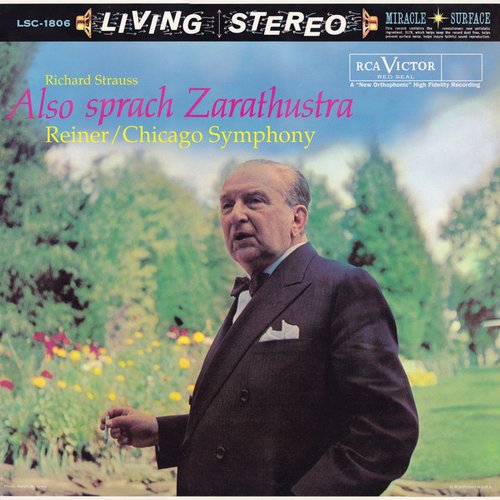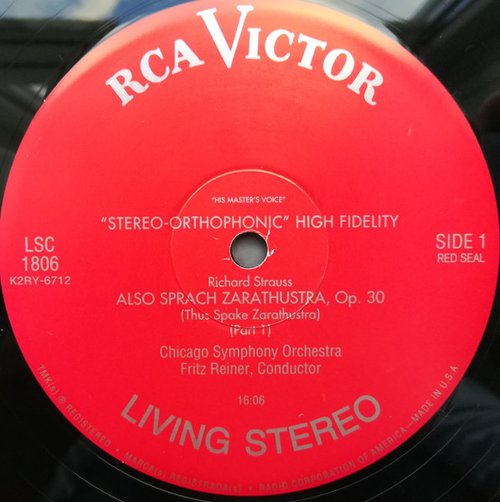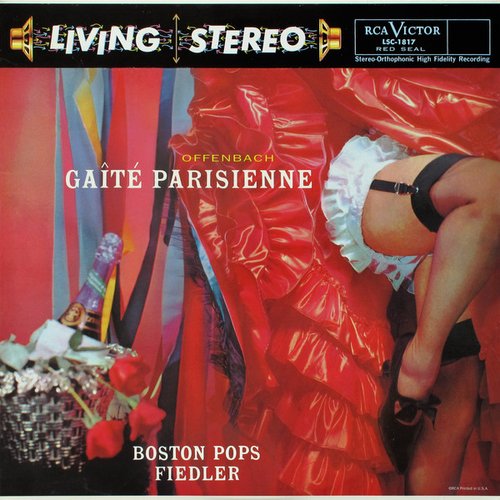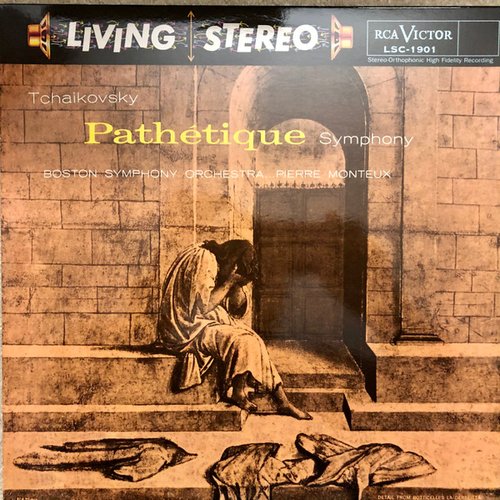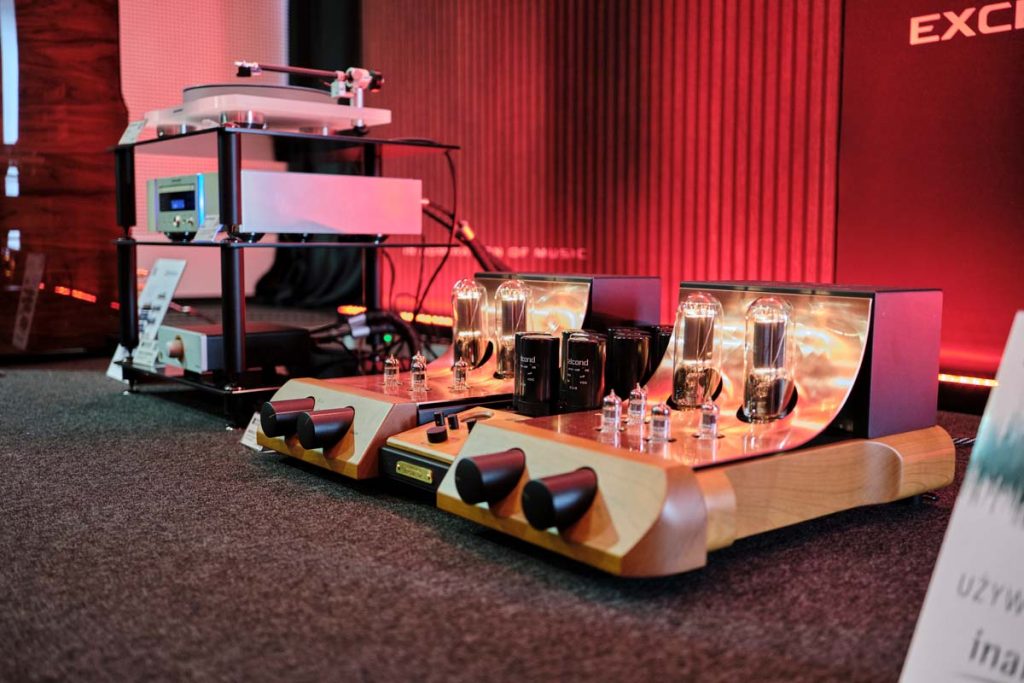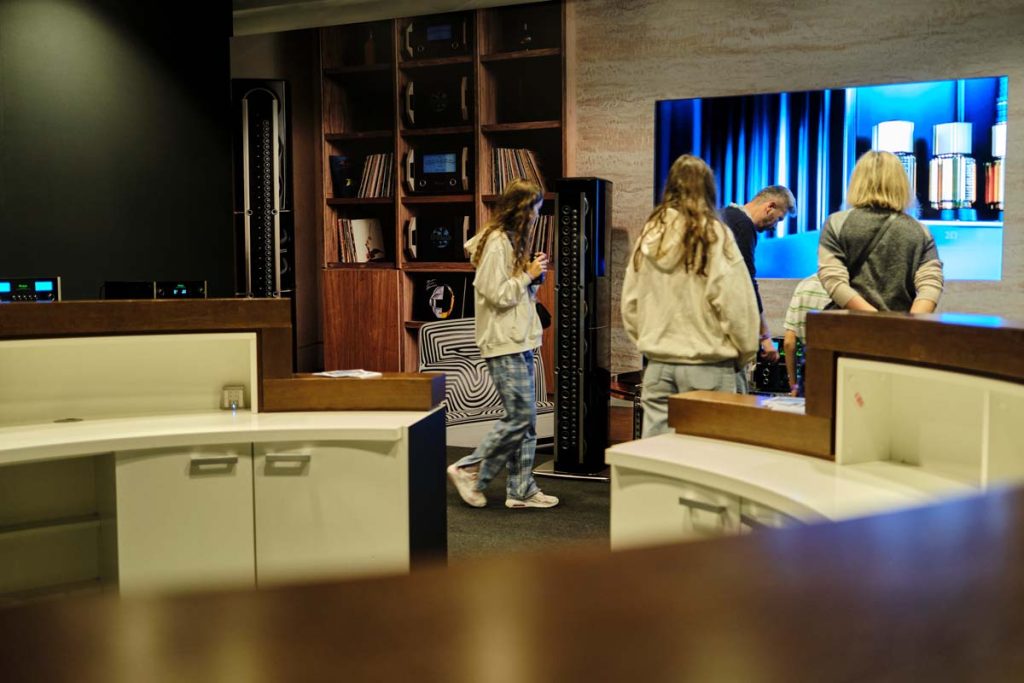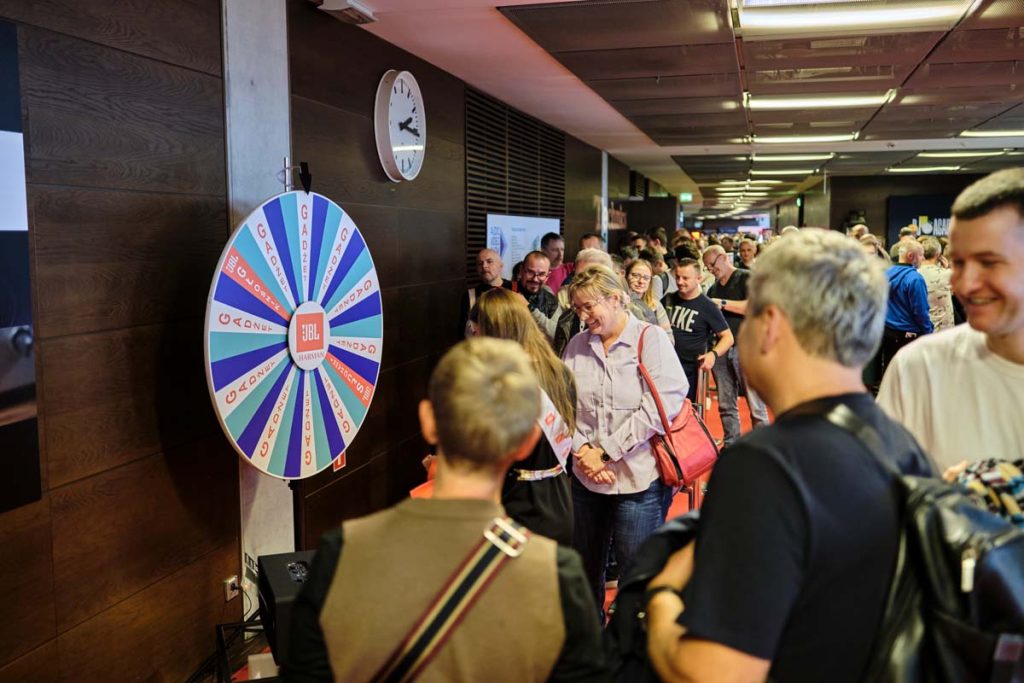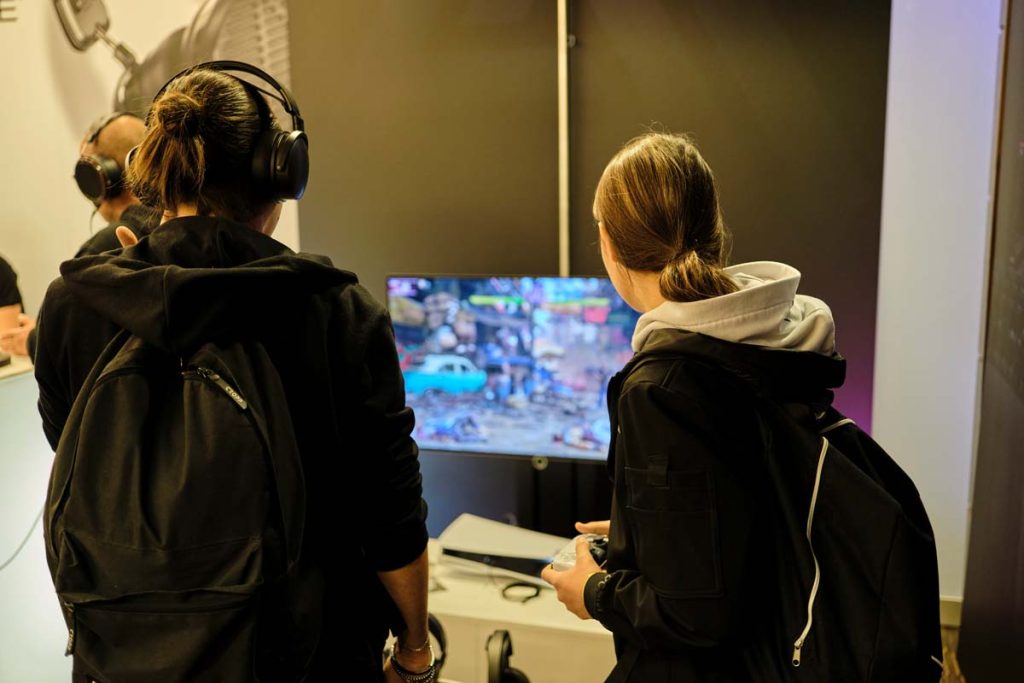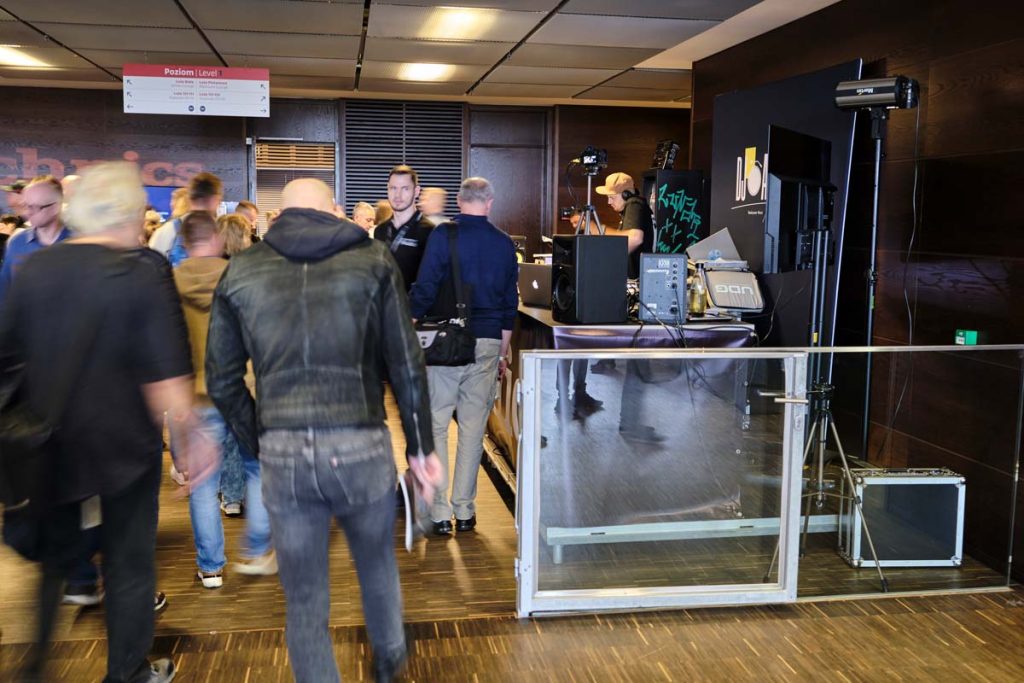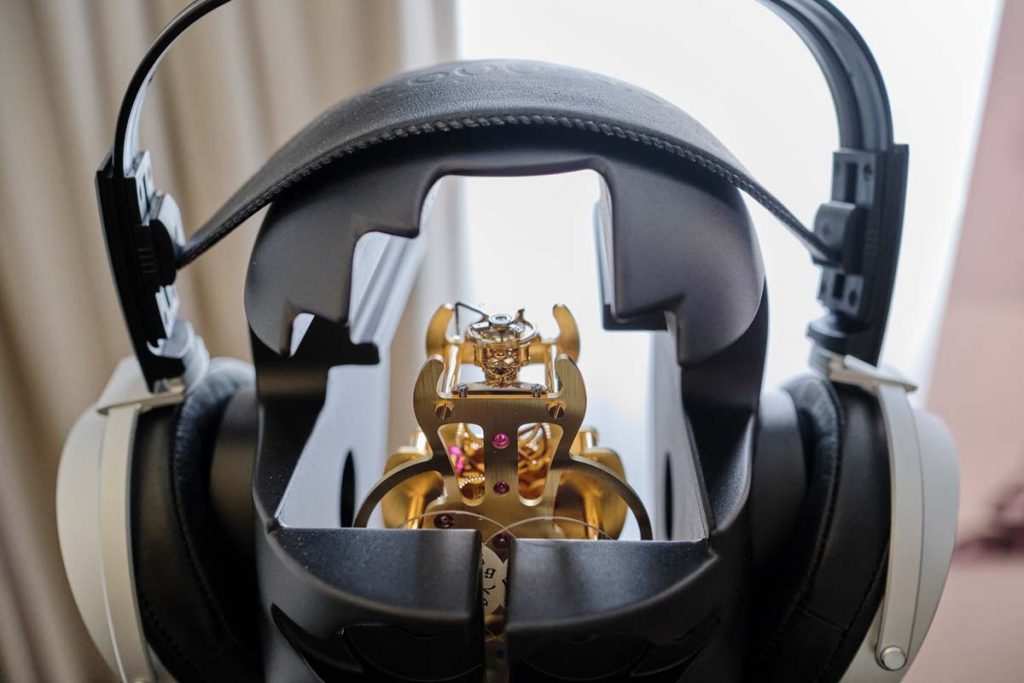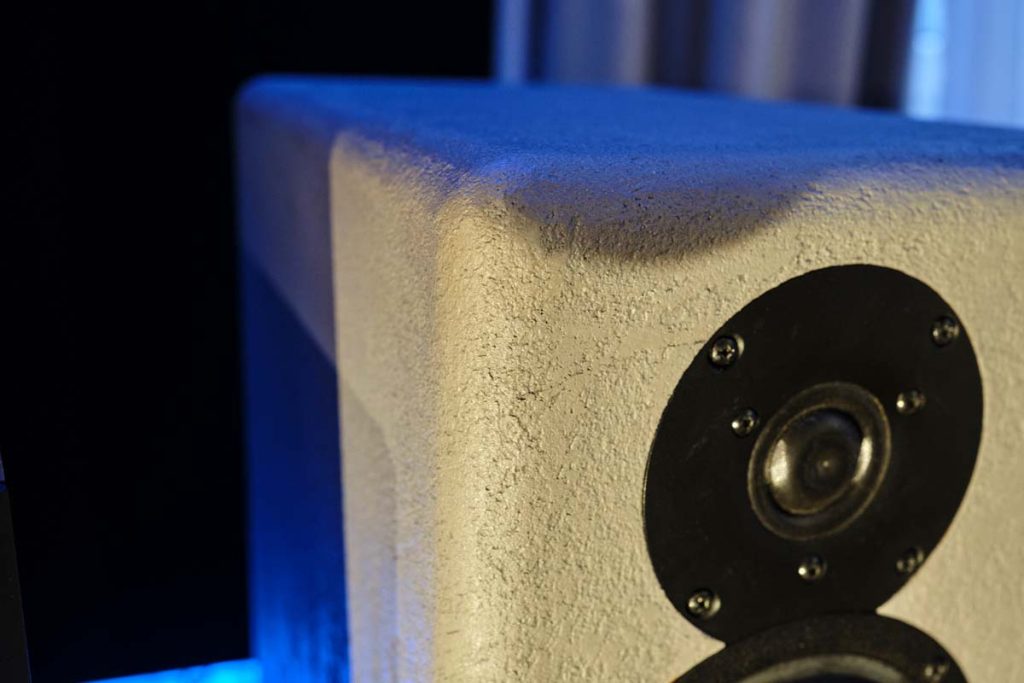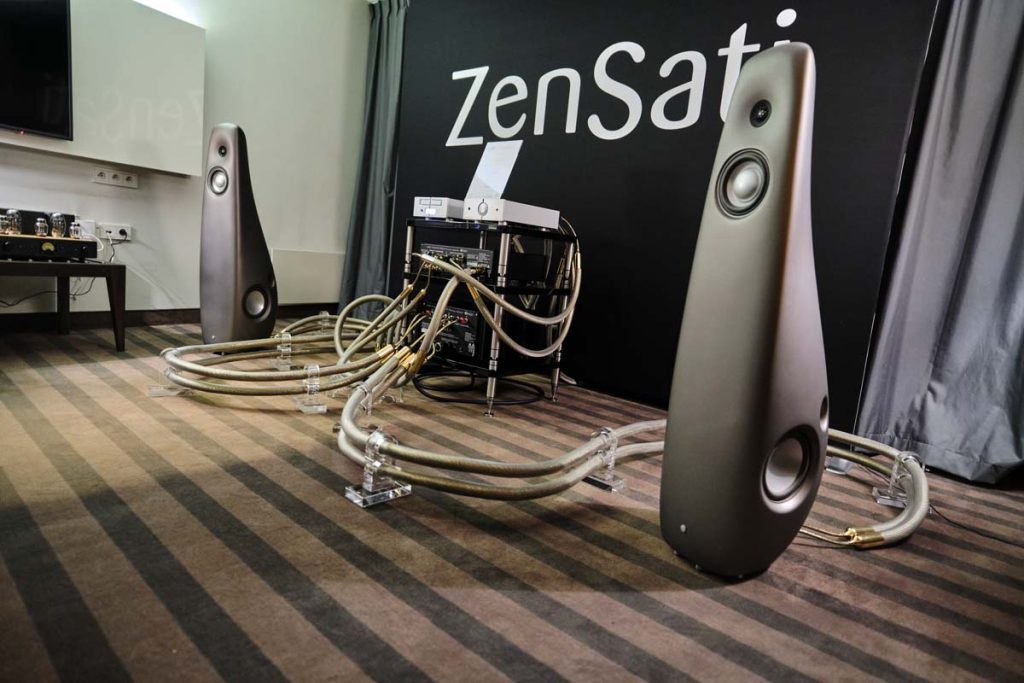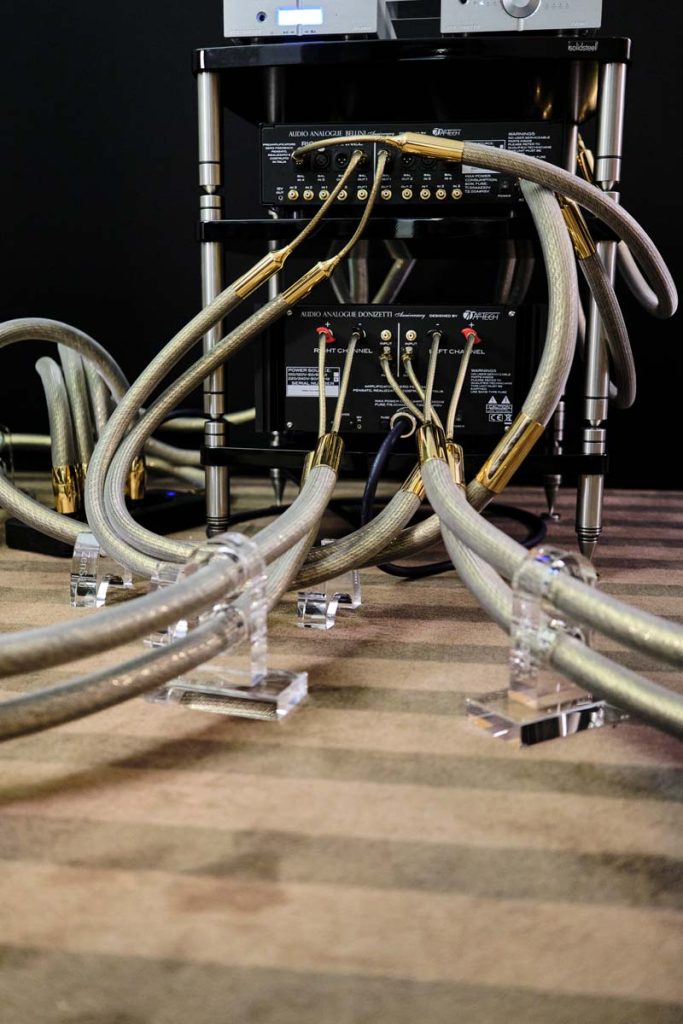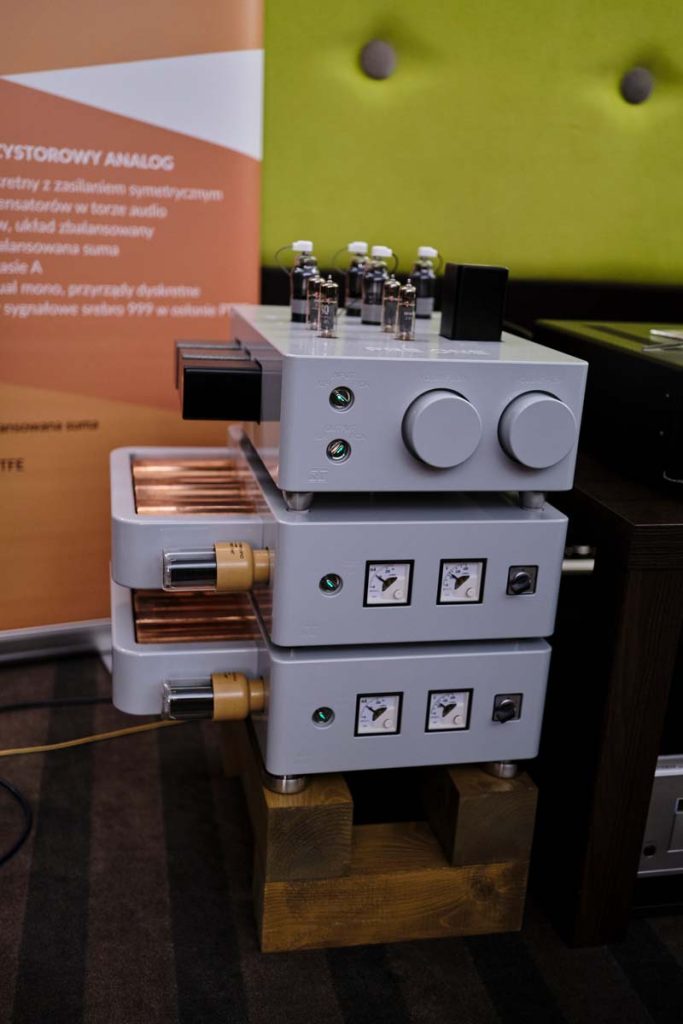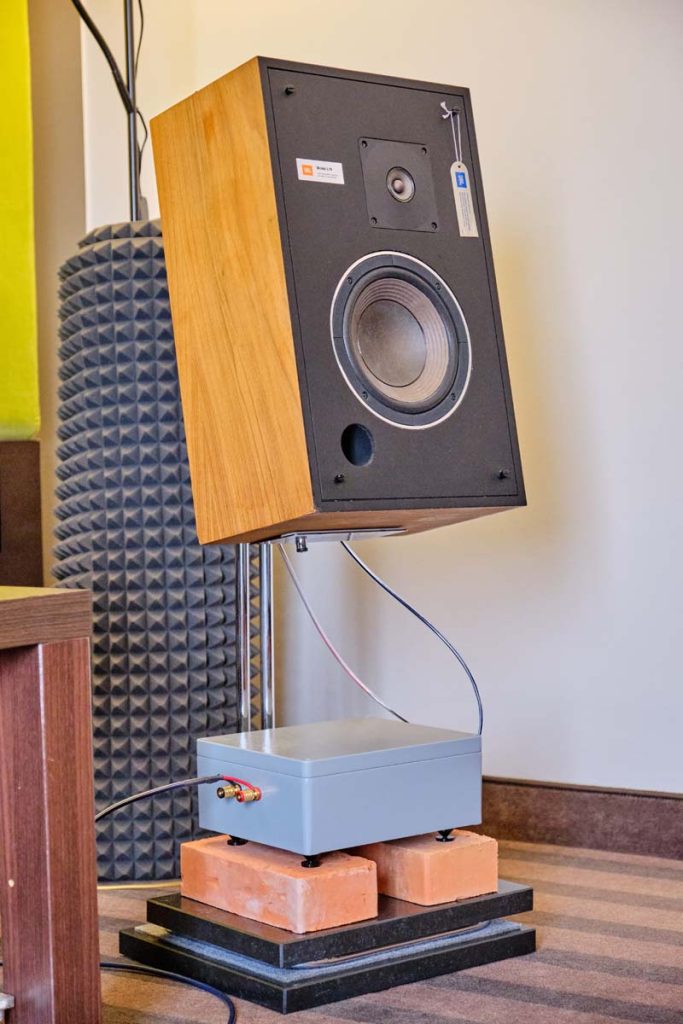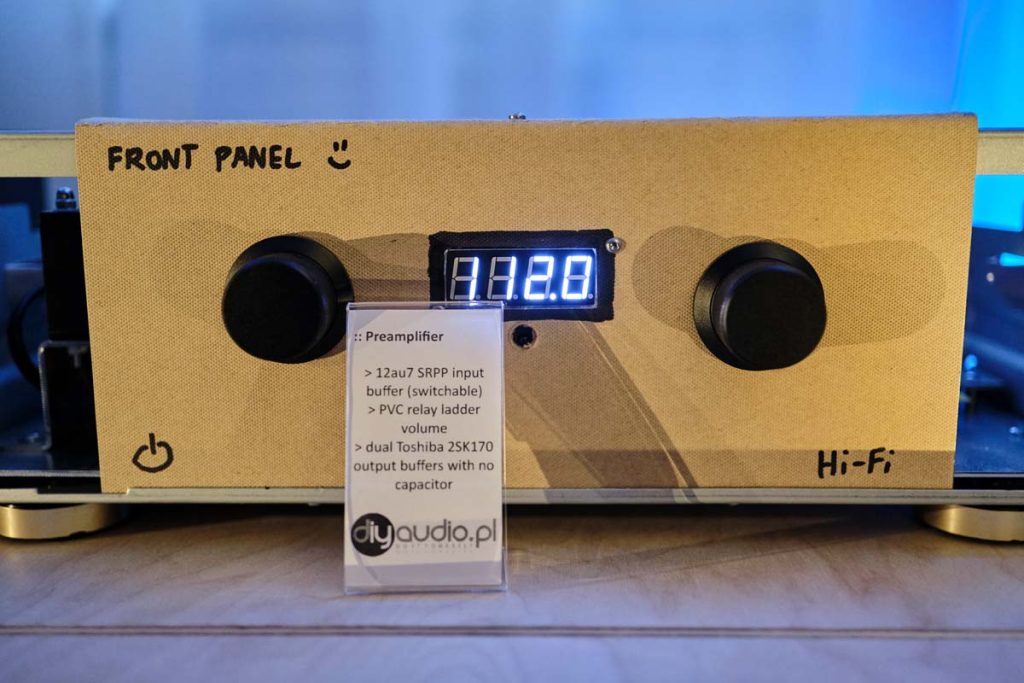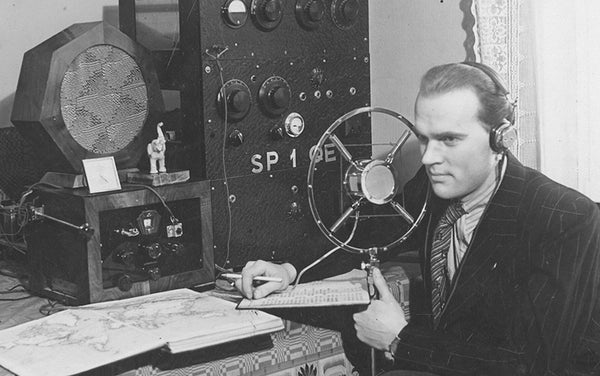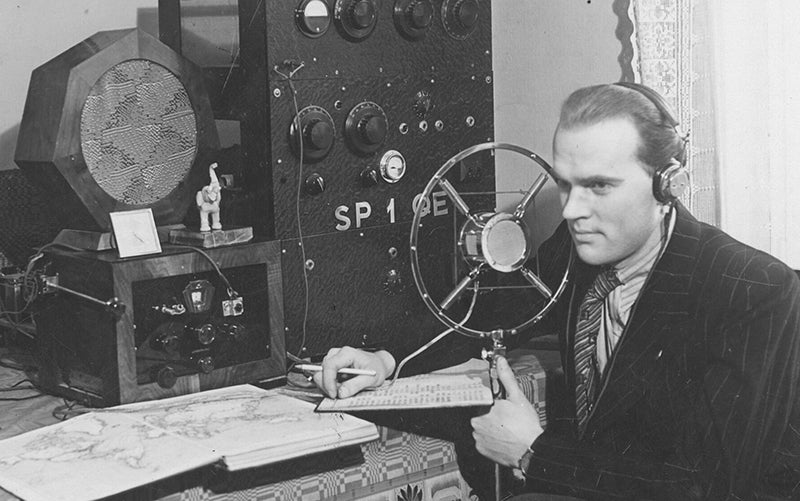The most recent Capital Audiofest took place where it has for the past few years, at the Hilton Rockville in Rockville, Maryland. It’s grown from a casual affair in 2010 to one of the audio world’s major shows, with well over 300 brands on exhibit in more than 120 rooms (a 30 percent increase from 2022) ranging from modest to immense. The variety of analog and digital gear and loudspeakers is almost dizzying. If you’re an audiophile or music lover, you’ll certainly find something to interest you and undoubtedly make you happy.
I couldn’t make it this time but had eyes and ears in my very capable colleague Harris Fogel. Of course, in a show of this scope, it’s impossible to cover it all in any case, but if you want to see what’s it’s all about, you’ll have a chance next year at Capital Audiofest 2024, which will take place November 8 – 10, 2024 at the same venue. Or, you can attend the first-ever Southwest Audio Fest, run by the same organizers, which will happen at the Anatole Hilton in Dallas, Texas, March 15 – 17, 2024.
Capital Audio Fest show organizer Gary Gill and happy attendee Ron Baker were all smiles.
Here's a selection of what was exhibited. All on-site photos are courtesy of Harris Fogel.
ATC featured its CA-2 preamplifier ($3,249). It’s a pure-analog design with a built-in, fully-adjustable phono stage. It’s adept at driving ATC’s powered speakers, as well as use in a standard system with power amplifiers. The CA-2 features discrete low-noise Class A circuitry, a headphone amp, five inputs and remote-control operation. It’s hand-built in the UK.

Who was that masked man? It was Leland Leard of
Lone Mountain Audio, who was DJ’ing tunes using the ATC CA-2 preamp, along with components from Playback Designs and others.
Bending Wave Audio showcased the Divin Marquis high-end loudspeakers ($90,000/pair), complemented by the Riviera Audio Laboratories APL01 Special Edition tube preamplifier ($46,995) and AFM 100SE mono power amps ($82,800/pair). The source was provided by the WADAX Atlantis Reference DAC, server and Akasa optical system ($166,420, $68,800 and $20,400 respectively), and the system was rounded out by Nordost and Gobel cabling and accessories, and Core Audio equipment and amplifier stands.
The Riviera Labs APL01 Special Edition preamplifier.
Meze Audio has been making a splash lately with its high-end headphones, and CAF featured the launch of the new Empyrean II ($2,999), the next generation of the company’s open-back planar magnetic. Its design goals are neutral sonics, reproduction of fine musical detail, and as the company notes, an “easy to listen to” character. The Empyrean II features the Rinaro Isodynamic Array Driver, which utilizes a combination of switchback and spiral-coil drivers. Copper’s writers have had nothing but good things to say about Meze Audio headphones. And you can’t miss that very cool Art Deco-looking earpiece grille.
Feed your head: Meze Audio's new Empyrean II planar magnetic headphones.
Boston dealer Blink High End and Audio Group Denmark presented a system comprised of the Borresen M1 stand-mounted loudspeaker, powered by the Aavik C-880 preamplifier, P-880 Class A power amp, S-580 streamer and D-580 DAC, all tied together with Aavik DT-C Supreme cables, power conditioning, and accessories.
Alta Audio demoed its Adam 3-way floorstanding speaker ($17,000 - $18,000 per pair, depending on finish), designed to, among other things, deliver imaging that sounds natural and accurate in size, placement, and timbre. I’ve heard these speakers and I can attest that they deliver on these goals. They incorporate a neodymium-magnet aluminum ribbon tweeter, combined with a 6-inch midrange and 8.75-inch woofer in Alta’s XTL (Extended Line Transmission) enclosure. The scale and depth of this speaker belies its relatively modest proportions.
Alta Audio's Adam loudspeaker in rosewood.
Canadian manufacturer Infigo Audio introduced its Method 6 stereo amplifier (SRP: $20,000). It’s a Class A design that’s said to reduce the heat such a topology can produce by using multiple, smaller, “cleverly biased” output devices. The Class A design eliminates crossover distortion and is said to maintain excellent transient response.
Stenheim featured its Alumine Two.Five loudspeakers. For more on these, please see the article elsewhere in this issue.
Walter Schofield of Nexus Audio Technologies brought a little bit of Switzerland to Maryland via the Stenheim loudspeakers.
The Infigo Audio team, Hans Looman, Mathilda Looman, and Calvin Johnson, taking a break from the show.
The Infigo Audio Method 6 stereo amplifier.
Doshi Audio always has a superb system on offer, and CAF 2023 was no exception. They exhibited with their partners Command Performance AV, Cardas (cables), Joseph Audio (loudspeakers), and J. Sikora turntables. Doshi demonstrated their Evolution Series stereo amplifier, phono preamp and line preamp. J. Sikora featured its stunning Standard Max Special Edition turntable in Ferrari Red, making it perhaps even more of a head-turner than the standard-finish models. The turntable was mated with the Aidas MkII Gold moving-coil cartridge, with a body made from a 21,000-year-old Siberian wooly mammoth tusk! The system also included the Joseph Audio Perspective2 Graphene speakers ($16,999/pair), Cardas Audio Clear cables, and a Berkeley Audio Design Alpha DAC.
As noted, I couldn’t be there, but having experienced previous Doshi/J. Sikora/Joseph Audio systems, I have a feeling it didn’t disappoint. (I’ll cheat and look at some other show reports later to see if I’m right…and for the record, I didn't look at any other publications' CAF reports to compile this one. It's amazing how much information you can get if you just ask the exhibitors...)
Joseph Audio speakers could also be heard in three other rooms: the Now Listen Here suite, which showcased the Pearl Graphene floorstanding ($44,999/pair), along with EMM Labs electronics and an Innuos Pulsar streamer. Analog playback was provided by a Pure Fidelity Horizon turntable with a DS Audio optical cartridge.
Jeff Joseph of Joseph Audio tried to escape in the elevator for a brief respite.
Wells Audio played Joseph Audio’s Pulsar2 Graphene stand-mount loudspeaker ($9,999/pair) with Wells’s integrated amplifier and DAC along, with an Innuos Server, VPI Signature DS turntable ($6,500), VPI Avenger Phono stage, and Cardas Clear cables. Rogue Audio used the Pulsar2 Graphene with their RP-5v2 preamp and DragoN amplifiers, along with a Rega P8 turntable ($3,495) with Lyra Delos cartridge ($1,995). Also in the system were a Benchmark DAC3 B ($1,899), and Darwin Cable Company cabling including Keystone interconnects ($395/pair), Natural RCA interconnects ($895/pair), and Natural speaker cables ($1875/pair).
VPI's Harry Weisfeld shows off one of the company's turntables to political analyst (and audio enthusiast) Randy Fishbein.
VPI held a party at Capital Audiofest and some of the attendees included Dan Halchak (Finley Audio), Isaac Markowitz (Acora Acoustics), Michael Van Voorhis, James Nelson (Finley Audio), and Aaron Sherrick of Delaware and Pennsylvania audio retailer Now Listen Here.
Another Command Performance room featured the new Magico 2023 S3 loudspeakers, featuring a newly-designed “quieter” enclosure, a diamond-coated beryllium tweeter, a honeycomb aluminum core midrange driver, and woofers with Magico’s Graphene Nano-Tec cone material.
Border Patrol Audio hosted the first North American showing of the Living Voice R80 speaker system (pricing ranges from $42,750 to $54,250 depending on finish). This horn-based system was created by designer Kevin Scott to be more modestly-proportioned and priced than his larger models. It features a midrange/treble/midrange driver design in a reflex-loaded enclosure, with A Scan-Speak Ellipticor dome tweeter and dual 8-inch Ellipticor midrange/woofers, said to provide better clarity than a larger single woofer, and enable the full frequency range to be covered in a two-way driver design with a more efficient crossover. Scott feels that the crossover design is crucial, and all the crossover components are made in-house by hand or by outside sources specifically for the R80.
Boy do I wish I’d had a chance to check out the Caprice Audio room, as it was one of my favorites at the last CAF I attended. Caprice showed their Core noise management system and Slipstream interconnects and speaker cables, designed to work in conjunction with one another to shunt system noise and improve sonic purity. The room also featured the new Lumin U2 streamer and the gorgeous Rosso Fiorentino Fiesoles Series 2 standmount speakers. I mean, even the stands are striking. Among other attributes, the 2-way design utilizes a variety of materials for damping and internal bracing, and features a silk-dome tweeter and a new ribbon “ultrasonic generator” for extended high-frequency response.
Here's the Pure Audio Project room with its Trio15 loudspeakers, complemented by a Pass Labs INT-25 integrated amplifier and XP-17 phono preamp, Denafrips Terminator Plus 12th Anniversary Edition DAC, and VPI Scout turntable with Shyla cartridge, and Silversmith Audio Fidelium cables.
Gryphon Audio debuted its Diablo 333 integrated amplifier, which incorporates technologies and components from the company’s mammoth Apex power amplifier at a price of $24,990. The integrated amplifier offers a variety of flexible functions, with optional phono and DAC modules available.
NOLA Speakers spared no effort in the effort to blow attendees’ minds. They demonstrated their Baby Grand Reference Gold 3 loudspeakers ($150,000 per pair), in conjunction with the new Valve Amplification Company (VAC) Essence electronics, a CEC belt-drive transport, and an IDEON DAC, all linked by Nordost Odin 2 cable.
Speaking of VAC, they introduced the new Signature 202 iQ Musicbloc switchable mono/stereo amplifier ($22,000), Essence 80 iQ monoblock amp ($9,990 each), and Essence Line Stage ($9,000). The Signature 202 incorporates the same circuits, technologies, and materials of VAC’s Statement 452 and Master 300 electronics, with features like VAC’s patented iQ Continuous Automatic Bias System, direct-coupled Class A triode input and driver stages, and a choice of fully balanced or single-ended operation (100 watts per channel in stereo, 200 watts in mono). The Essence components, according to VAC, “take the essential circuits, premium parts, and construction techniques from our finest models and present them in an elegant, elemental, and essential form.”
Jacksonville, Florida dealer House of Stereo showed a selection of high-end components including a VPI Titan turntable with a DS Audio optical cartridge system for the analog front end, and a Wolf Audio Systems Red Wolf 2 SX server with a T + A SD 3100 HV streaming DAC to handle digital playback. The room featured Arion Audio’s Apollo five-piece loudspeaker system with full-range line source towers and open-baffle woofer towers with eight drivers each. The system also employed Trinnov DSP room correction and Synergistic Research cables.
The T+A SD-3100 streaming DAC, featuring internet radio capability, dual headphone outputs, and a wealth of high-end features.
Here's Arion Audio's mighty Apollo speaker system.
Since the Technics brand was revived by Panasonic in 2015, they’ve become a regular and welcome presence at audio shows. CAF 2023 was no exception. Their main room, hosted by Delaware dealer Overture, featured Technics Reference and Grand Class components including the SU-R1000 integrated amplifier ($9,999.95), SL-1200G turntable ($4,299.95) and SL-G700M2 SACD player ($3,499.95), powering Sonus Faber Sonnetto V speakers ($4,999/pair). The analog front end also included a Hana SL Umami Blue moving coil cartridge ($2,500). HRS provided the racks, and Clarus tied everything together with their Aqua and Crimson cables and Sextet power conditioner. (System price: $52,000.)
Technics also provided an SL-1000R turntable for the Matterhorn Audio Group’s one-million-dollar system, complemented by MC Windfeld Ti and MC Diamond cartridges. I am told system also featured Aavik electronics and the $220,000/pair Kroma Atelier speakers. And yes, I wish I was there to have heard a million-dollar setup, but COVID Round Two made sure I didn't. Ultra-high-end manufacturer DartZeel also used a Technics SP-10R turntable, 12-inch SME tonearm, and Air Tight cartridge in their room. I have to say that I have a soft spot for the elegant look of components like Technics, Luxman, T + A, the JBL Classic Series and others, which combine the appearance of the audio components so many of us grew up with, with a modern refined sensibility. (Then again, when I see amps like Audio Research and VAC with their banks of vacuum tubes, I get equally jazzed. One of the many great things about being an audiophile is that there’s room for all of it.)
GoldenEar showed their new T66 floorstanding speakers ($3,450/pair), in a system that also featured AudioQuest ZERO-Tech cables and PowerQuest power conditioners. The T66, the first speaker in the company’s T Series, features a built-in DSP-controlled subwoofer amp, GoldenEar’s High-Velocity Folded Ribbon AMT tweeter, “quadratic planar radiators,” and other refinements including an available new red finish.
A Ray Milland's-eye-view of the GoldenEar T66 loudspeaker.
American Audio & Video had two rooms at CAF 2023, one with a full complement of top-end Audiolab 9000 Series components, Mission M770 and M700 speakers, and Dual CS618 and CS 429 turntables (the latter being fully automatic – shades of the Good Olde Days of Audio). The second room offered Cyrus electronics and Spendor Audio speakers, both brands still designed and built in the UK. I enjoyed the AAV rooms at AXPONA and in fact wound up buying an Audiolab 7000CDT transport, which, as an audiophile on a not-unlimited budget, I am very happy with.
JansZen showed its new Nine.Five hybrid electrostatic/dynamic loudspeaker ($21,500/pair). It’s inspired by Arthur A. Janszen’s legendary KLH Nine, with updated looks and tech. The stat panel is configured as a “synthetic aperture line array,” and divided into five narrow vertical segments, with sequential time delays from the center panel outwards. If this sounds similar to the way QUAD electrostatic speakers work, it’s because it is.
Classic Audio Loudspeakers and Atma-Sphere teamed up for a mighty system in one of CAF’s larger rooms. The room featured the T-1.5 field coil powered system ($79,950/pair) and T-3.4 field coil powered system ($59,950/pair), along with their Tungar DC power supplies ($8,000/pair). Electronics included Atma-Sphere’s MP-1 Mark 3.3 preamplifier ($23,890 with installed options), and Novacron Mk3.3 amplifier (no longer available). The sources were strictly analog, including a Technics SP-10 Mk III with modifications from Music Technology and Krebs Upgrades, a TriPlanar Ultimate 12 tonearm ($11,500), a van Den Hul Colibri Stradivarius Reference cartridge ($13,000) and Studer 810 and Crown CX-800 tape decks. Purist Audio Design supplied their new Neptune Series cables.
TAD (Technical Audio Devices) introduced three products: the TAD-GE1 speaker system, TAD-C1000 preamplifier, and a piano black version of its TAD-CE1TX stand-mount loudspeaker ($40,000 per pair). The TAD-GE1 (for Grand Evolution One) brings the technology and look of the company’s flagship Reference Series to a $65,000 per pair price point, and features TAD’s CST single-point driver with a concentric magnesium midrange and beryllium tweeter, along with dual woofers.
Newtown Square, PA dealer The Voice That Is exhibited a system that included the TIDAL Audio Contriva G3 loudspeaker ($79,000/pair), Contros digital controller ($60,000) and Intra integrated amplifier ($28,000), wired with Siltech Ruby Crown cable and fed by an Equitech 2RQ power conditioner ($6,990). An Ictra Design PROTO rack ($25,000) completed the system.
The TAD Evolution C1000 preamp – which has got to be one of the coolest-looking components I’ve ever seen – utilizes a single-stage, current-feedback amplifier originally developed for their M700 power amplifier. The audio circuitry is laid out symmetrically, said to enable audio signals to be “amplified in a unified electrical and mechanical environment,” for better stereo imaging. Th TAD-C1000 provides balanced and single-ended connections, offers remote-control operation, and is priced at $24,950.
MBL went all-out with its full Reference Electronics System which includes the imposing 9011 amplifiers, and the company’s unmistakable 101 Extreme MKII omnidirectional loudspeakers. Once again, the room hosted United Home Audio’s After-Hours Analog Tape Events, with UHA’s new Ultima5 deck with a fully DC-powered outboard power supply. The listening sessions started at 8 p.m. and went well into the night.
Functional beauty: the TAD C-1000 preamplifier, also available in black.
Unmistakable: the MBL 101 Extreme MKII loudspeaker system, featuring the company's Radialstrahler 360-degree dispersion technology, active subwoofers, parametric EQ capability, and a whole lot more.
“Audio shows” and “vinyl” are synonymous, and at AXPONA, Luminous Audio Technology featured Ed Hughes spinning records from his personal collection. Not just any records, but stuff like an early Bob Ludwig-mastered “hot pressing” Led Zeppelin II (read here to find out why this pressing is notorious), an original British The Dark Side of the Moon, a German Magical Mystery Tour pressing and other rarities.
Genesis Advanced Technologies premiered two floorstanding loudspeakers in its Genesis 7 lineup, the G7 Minuet ($8,000/pair) and G7 Foxtrot ($13,800/pair). (Was the "Foxtrot" name a coincidence? The band Genesis has an album by the same name.) As owner Gary Koh noted, the speakers are designed for both audiophiles and music lovers, and can be tuned either to deliver a larger sweet spot for multiple listeners, or can be focused on a single listening seat. The speakers utilize environmentally-friendly materials such as bamboo cabinets. The Foxtrot is an all-new design for the company with isobaric woofers (rather than Genesis’s usual powered servo woofers), and both models features ring-ribbon tweeters, a titanium-cone midrange, and a Soft/Bright frequency control.

This gathering of audio luminaries includes Tony West and Merrill Wettasinghe (Merrill Audio), Gary L. Koh (Genesis Advanced Technologies), Mat Weisfeld (VPI), Larry Borden (Genesis), Lissa Borden (Distinctive Stereo), Erica Martin (VPI guest, kneeling) Rose Cermele (Merrill Audio), and Bob Clarke (Profundo Audio).
Cable manufacturer Triode Wire Labs introduced three new power cords at Capital Audiofest 2023: the Digital American II, Nine Plus, and Eleven Plus. Pricing starts at $299.
I’ve come to like what I’ve seen from Treehaus Audiolab – literally as well as figuratively, since their wood-hewn, natural-look loudspeakers and matching vacuum-tube electronics look strikingly different and imperfectly beautiful to me. At CAF 2023 they premiered their updated Phantom of Luxury loudspeaker, which features a full-range Super-Aero 10-inch field coil driver by Atelier Rullit, along with a Fostex T900A super tweeter for frequencies above 14 kHz, and a new, custom Acoustic Elegance 15-inch woofer. Internal speaker wiring by Iconoclast Cable is available as an optional upgrade.
Steve Heinecke of Audio Note shows off some of their gear.
VPI had a strong presence at CAF 2023. Here's a Scout turntable with the gorgeous VPI JMW Memorial Tonearm.
Adam Sohmer (Sohmer Associates) enjoys a break with Terry Medalen of Scandinavia's Primare. The company introduced its I35 Prisma, an integrated amp with a built-in DAC, Wi-Fi, and Bluetooth, featuring a host of balanced, single-ended, and digital inputs and 150 watts per channel into 8 ohms.
Roy Hall (Music Hall), and Greg Weaver (The Audio Analyst, Positive Feedback, others) get some fresh air. Roy finally got a chance to relax after surviving the show: little did we know he was in the process of selling his company!

Michael Fremer (The Tracking Angle, The Absolute Sound) and Dwight DiMartino (Fidelis Distribution) are holding a copy of Rufus Reid presents Caelan Cardello, which Fremer co-produced with Robin Wyatt of Robyatt Audio.
Erol Ricketts of NSMT Loudspeakers with lineup of Clairvoyant monitor speakers.
Magnepan service manager Mick Bucher stands in front of their new MG1.7ix planar magnetic speakers.
The Geshelli Labs Zoofa integrated amplifer made it’s a debut as a prototype a year ago at Capital Audiofest 2022. Here's the final version, complete with beautifully carved one-of-a-kind wood case.
Chris O’Neill of O’Neill’s Creation Workshop hangs out with Courtney, Rachel, and Jacob from Geshelli Labs.
Jacob George of Rethm kneels before the company's Trishna speakers.
A Rega Planar 8 turntable with RB880 tonearm and Rega Apheta 3 moving-coil cartridge made music in the Belleson room.
Here's Tyler and Christina Lowe in the the Belleson room.
And here's Amy Hansen of Nordost, the cable of choice for the Triangle and other rooms at CAF 2023.
Capital Audiofest is always a gathering of friends and colleagues. Here, the ever-popular David Solomon of Qobuz (center) is surrounded by two attendees who had just flown in from Bermuda (left), and Jerry Bryan, Todd Prince, and Tyler Griffin of MBL on his right.
Header image: the Synergistic Research Galileo PowerCell SX power conditioner.




